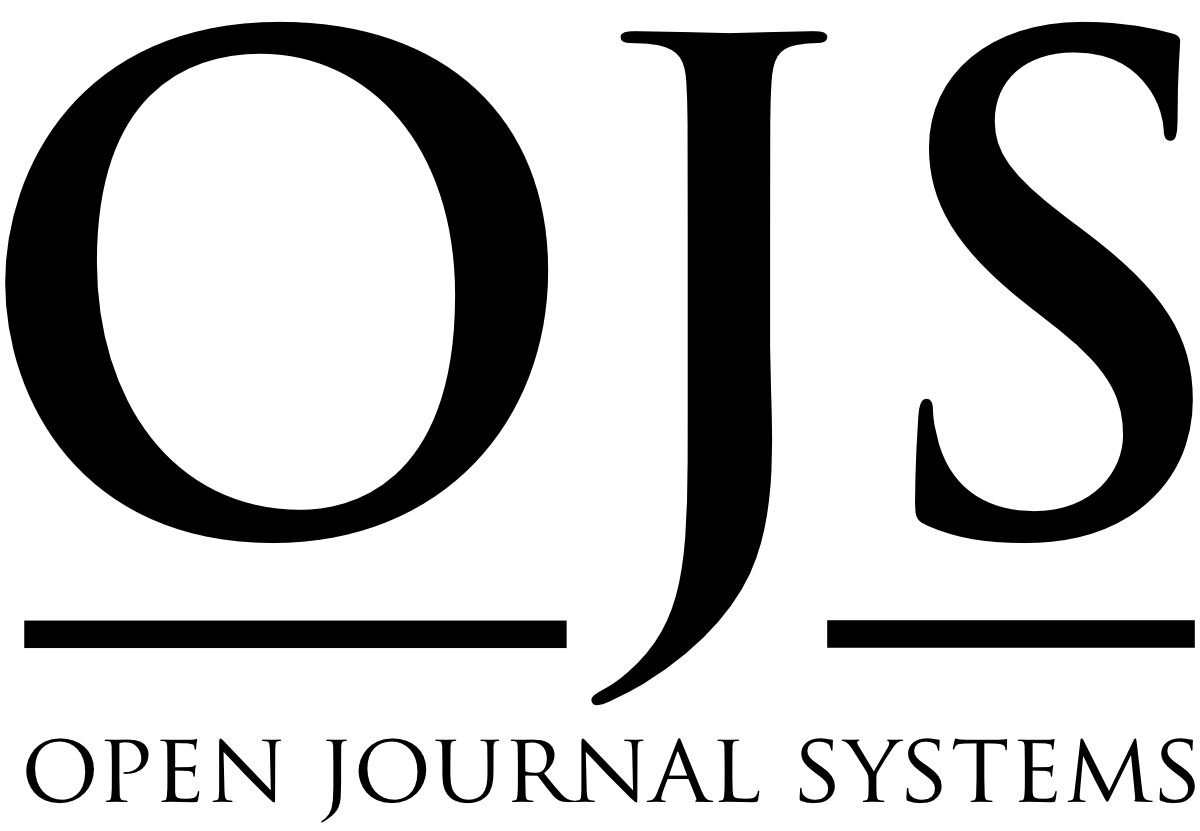English Language Teachers’ Occupational Stress Level and its Effects on their Self-efficacy in Teaching and Learning Environment
DOI:
https://doi.org/10.52963/PERR_Biruni_V13.N2.02Keywords:
Occupational stress, Self-efficacy, EFL teachersAbstract
The aim of this study is to investigate the relationship between foreign language teachers’ occupatioal stress and its effects on their self-efficacy teaching and learning environment. This study includes 48 participants including English language teachers who have different characteristics such as age, gender, marital status, and year of experiences, working at different foundation universities in a city of Turkey. The data of this study was collected via Teachers’ Sense of Efficacy Scale and the self-reported questionnaire. The findings of data were analyzed by SPSS statistics program and descriptive survey study. It was found that teachers’ occupational stress affect their self-efficacy in teaching and learning environment. Understanding the relations between teachers' self-efficacy and occupational stress is essential to view the challenges as opportunities for development. The findings emphasize the need of taking proactive measures to lower stress and provide a positive and qualified teaching and learning environment at the individual and organizational levels. A high level of self-efficacy may be developed and maintained by instructors who effectively navigate these challenges, which will ultimately enhance the training they give students as well as the instructors themselves.
Downloads
References
Ali, K., Ishtiaq, I., & Ahmad, M. (2013). Occupational stress effects and job performance in the teachers of schools of Punjab (Pakistan). International Journal of Academic Research in Business and Social Sciences, 3(11), 665. http://dx.doi.org/10.6007/IJARBSS/v3-i11/400
Arora, S. (2013). Occupational stress and health among teacher educators. International Journal of Advanced Research in Management and Social Sciences, 2(8), 1-13.
Bandura, A. (1977). Self-efficacy: Toward a unifying theory of behavioral change. Psychological review, 84(2), 191. https://psycnet.apa.org/doi/10.1037/0033-295X.84.2.191
Bandura, A. (1978). Reflections on self-efficacy. Advances in behaviour research and therapy, 1(4), 237-269. https://doi.org/10.1016/0146-6402(78)90012-7
Borg, M. G., & Riding, R. J. (1991). Occupational stress and satisfaction in teaching. British educational research journal, 17(3), 263-281. https://doi.org/10.1080/0141192910170306
Boyle, G. J., Borg, M. G., Falzon, J. M., & Baglioni Jr, A. J. (1995). A structural model of the dimensions of teacher stress. British Journal of Educational Psychology, 65(1), 49-67. https://psycnet.apa.org/doi/10.1111/j.2044-8279.1995.tb01130.x
Cedoline, A. J. (1982). Job burnout in public education: Symptoms, causes, and survival skills. Teachers College Press.
Coates, T. J., & Thoresen, C. E. (1976). Teacher anxiety: A review with recommendations. Review of educational research, 46(2), 159-184.
Erdoğan, U. (2023). Öğretmen Öz yeterliği Ölçeği Kısa Formu’nun Türkçeye uyarlanması ve ölçme değişmezliğinin incelenmesi. İnönü Üniversitesi Eğitim Fakültesi Dergisi, 24(2), 1129-1154. https://doi.org/10.17679/inuefd.1082325
Ferguson, K., Frost, L., & Hall, D. (2012). Predicting teacher anxiety, depression, and job satisfaction. Journal of teaching and learning, 8(1), 27-42. https://doi.org/10.22329/jtl.v8i1.2896
Forlin, C. (2001). Inclusion: Identifying potential stressors for regular class teachers. Educational research, 43(3), 235-245. https://psycnet.apa.org/doi/10.1080/00131880110081017
Hatfield, E., Cacioppo, J. T., & Rapson, R. L. (1993). Emotional contagion. Current directions in psychological science, 2(3), 96-100.
Hepburn, A., & Brown, S. D. (2001). Teacher stress and the management of accountability. Human Relations, 54(6), 691-715. https://doi.org/10.1177/001872670154600
İpek, H., Akçay, A., Atay, S. B., Berber, G., Karalık, T., & Yılmaz, T. S. (2018). The relationship between occupational stress and teacher self-efficacy: A study with EFL instructors. Anadolu Journal of Educational Sciences International, 8(1), 126-150. https://doi.org/10.18039/ajesi.393945
Jepson, E., & Forrest, S. (2006). Individual contributory factors in teacher stress: The role of achievement striving and occupational commitment. British Journal of Educational Psychology, 76(1), 183-197. https://doi.org/10.1348/000709905X37299
Khan, A., Shah, I. M., Khan, S., & Gul, S. (2012). Teachers’ stress, performance & resources. International Review of Social Sciences and Humanities, 2(2), 10-23.
Klusmann, U., Kunter, M., Trautwein, U., Lüdtke, O., & Baumert, J. (2008). Engagement and emotional exhaustion in teachers: Does the school context make a difference? . Applied Psychology, 57, 127-151.
Kyriacou, C. (2000). Stress-busting for teachers. Nelson Thornes.
Kyriacou, C. (2001). Teacher stress: Directions for future research. Educational review, 53(1), 27-35. https://doi.org/10.1080/00131910120033628
Kyriacou, C. (2011). Teacher stress: From prevalence to resilience. In J. Langan-Fox & C. L. Cooper (Eds.), Handbook of Stress in the Occupations, 161-173, Cheltenham: Edward Elgar.
Lazarus, R. S., & Folkman, S. (1984). Stress, appraisal, and coping. Springer publishing company.
Masten, A. S. (2001). Ordinary magic: Resilience processes in development. American Psychologist, 56(3), 227-238.
Morris, D. B. & Usher, E. L. (2011). Developing teaching self-efficacy in research institutions: A study of award-winning professors. Contemporary Educational Psychology, 36(3), 232-245.
Pawlak, M., & Piechurska-Kuciel, E. (2011). Foreign language teacher burnout: A research proposal. Extending the boundaries of research on second language learning and teaching, 211-223.
Pithers, R. T., & Soden, R. (1998). Scottish and Australian teacher stress and strain: a comparative study. British Journal of Educational Psychology, 68(2), 269-279.
Putter, L. (2003). Stress factors among teachers in the school industry (Doctoral dissertation). University of Zululand.
Ryan, R. M., & Deci, E. L. (2000). Self-determination theory and the facilitation of intrinsic motivation, social development, and well-being. American psychologist, 55(1), 68-78.
Sadeghi, K., & Khezrlou, S. (2016). The experience of burnout among English language teachers in Iran: Self and other determinants. Teacher Development, 20(5), 631-647. https://doi.org/10.1080/13664530.2016.1185028
Travers, C. J., (2001). Stress in teaching: Past, present and future. In J. Dunham, (Ed.), Stress in the Workplace: Past, Present, and Future, 164-190, London: Whurr Publishers.
Tschannen-Moran, M., & Hoy, A. W. (2001). Teacher efficacy: Capturing an elusive construct. Teaching and teacher education, 17(7), 783-805.
Additional Files
Published
How to Cite
Issue
Section
License
Copyright (c) 2024 Psycho-Educational Research Reviews

This work is licensed under a Creative Commons Attribution-NonCommercial-NoDerivatives 4.0 International License.










